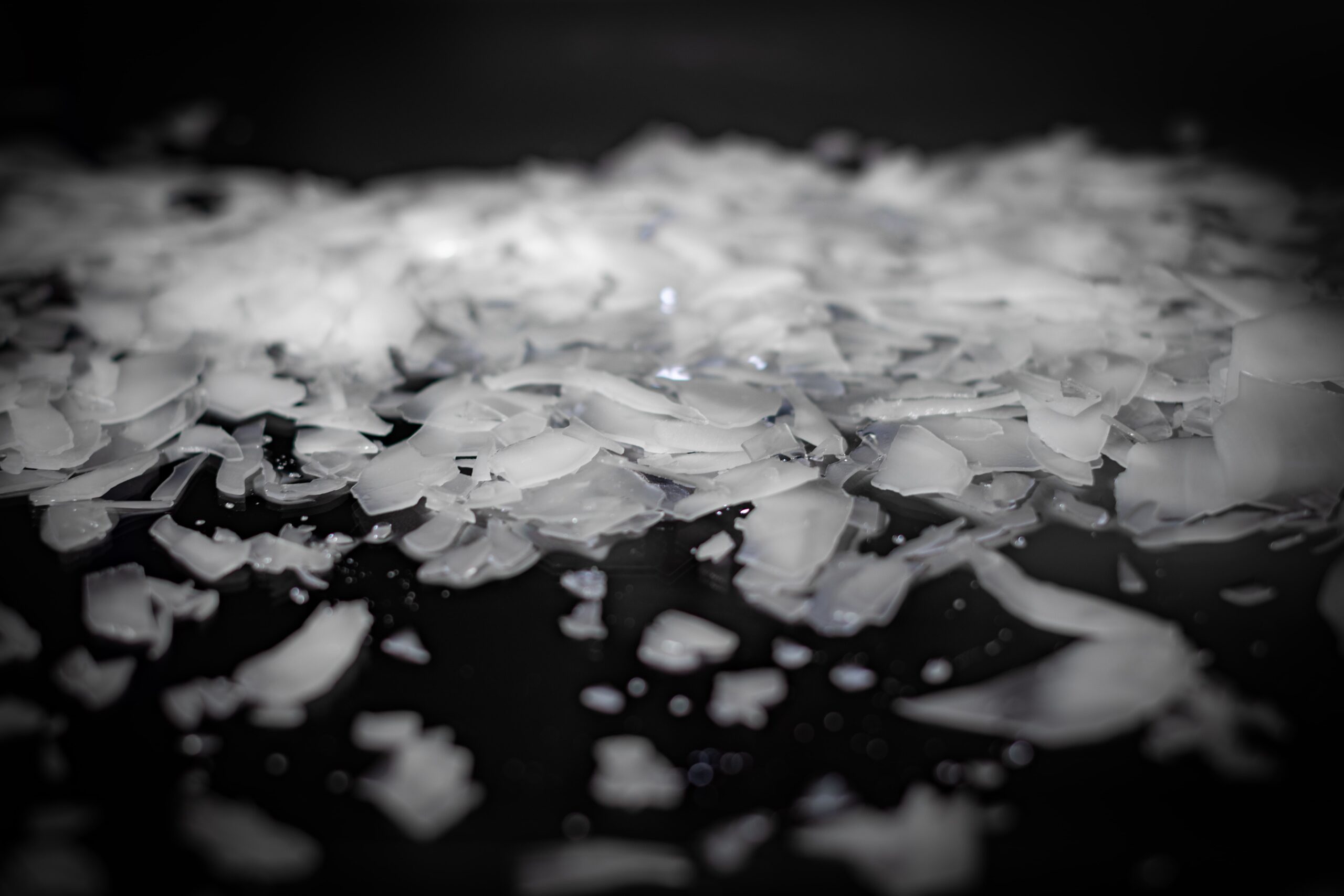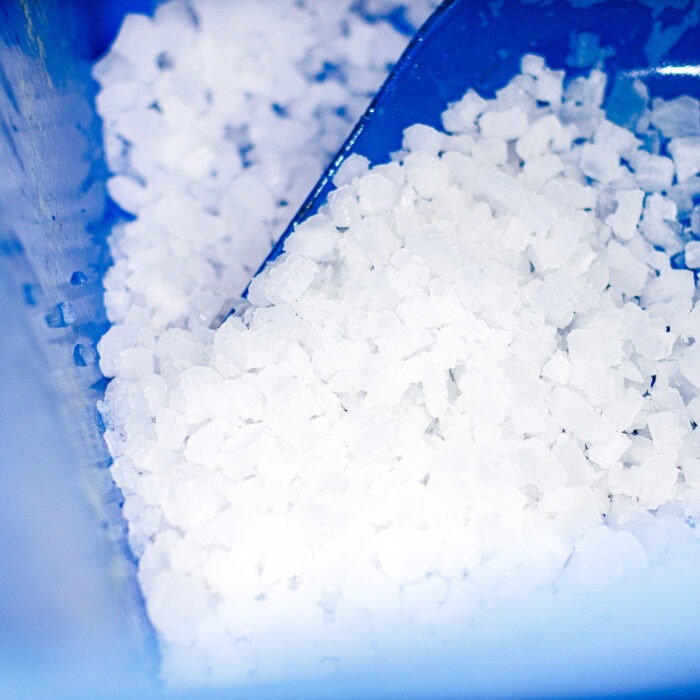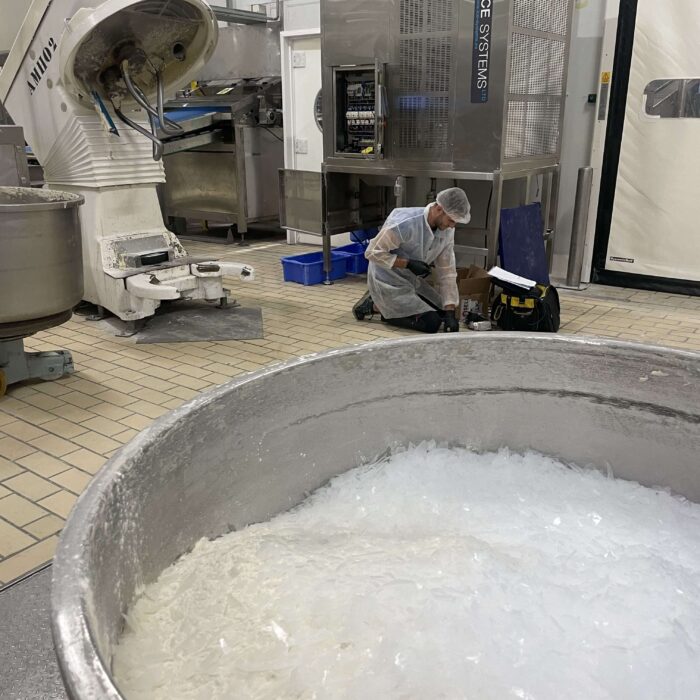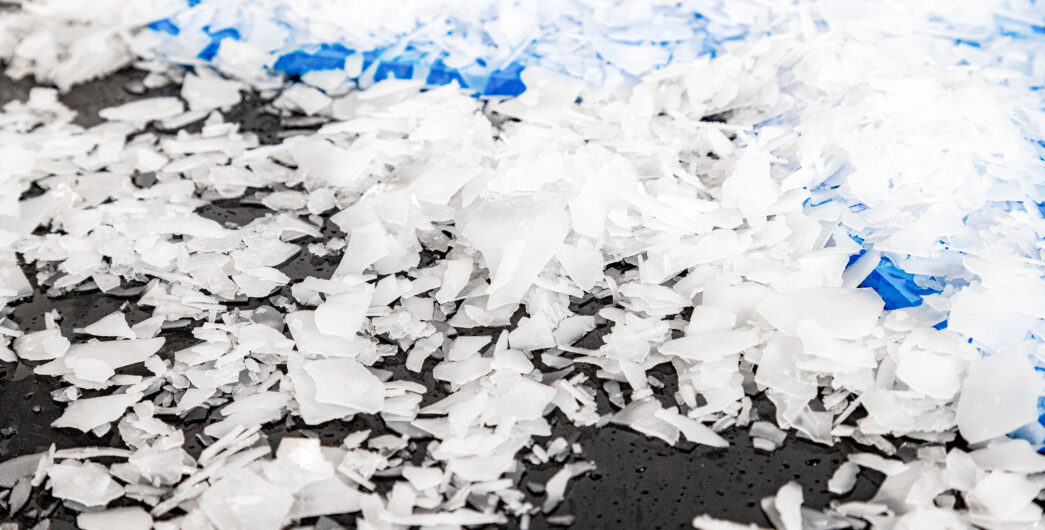It seems like you’re visiting from a different country. Click the button below to visit the website in your area.

500 B.C
Around 500 B.C., Egyptian and Indian cultures discovered that rapid evaporation and subsequent cooling – as a result of a decrease in temperatures during the night – froze the water to make ice. The theoretical understandings of ice formation were developed.
400 B.C
In Iran, the ‘Yakhchal’ was invented, a type of evaporative cooler which cooled air through the evaporation of water. This type of building, made from egg whites, sand, clay and a special mortar called sārooj allowed ice to be stored efficiently after its formation.
Over the centuries, the demand for ice increased substantially, as it began to be used for everyday tasks including refrigerating food and preventing illness.
c.1820s
American merchant Frederic Tudor pioneered the very first ice shipping business, inventing a way to insulate ice as it was transported onboard ships. His ability to subsequently generate never-before-seen demand for ice among Americans later earned him the nickname ‘Ice King.’
1844
In an attempt to treat patients suffering from yellow fever, physician and Florida native, John Gorrie built a refrigerator in an attempt to make ice cool enough to combat the illness. Ice had long been used in old-age medicinal practices, but Gorrie’s efforts marked a significant change in how technology was intended to treat illness on a much wider scale.
1851
Gorrie was awarded U.S. Patent 8080 to make the first ice machine.
1850s-1870s
Multiple prototypes by different inventors were created, including Andrew Muhl’s ice-making machine in 1967 which catered to the expanding beef industry in San Antonio, Texas.
1929
German Professor Jurgen Hans invented the first ice machine to produce edible ice, known as a ‘tube ice machine.’
However, the ice machines of the late 1800s and early 1900s used toxic gases such as sulphur dioxide, which leaked into fridges, becoming incredibly dangerous when inhaled. This led scientists to search for safer alternatives to be used in mass production.
1930
Inventors Thomas Midgley Jr and Charles Franklin Kettering created a much safer compound called Freon which later became the standard rerigerant. Although considerably safer, it was later found to be having a drastic impact on the level of ozone depletion.
1938
Henry Vogt built the first commercial-sized ice machine which freezed ice automatically into vertical cubes. As the mid-century came around, the ice that we know and love today began to take shape.
1950s-1960s
Automatic ice makers were first introduced into the homes of the masses by a company called Servel. By the 1960s, other companies began to make ice machines that dispensed from the front of the freezer door.
Flake Ice & Chip Ice Today
Though ice machines were originally invented for small businesses and personal use, today they serve a number of industrial purposes. Flake ice machines, which dispense loose irregular flake ice are a popular choice here at Ice Systems among bakeries and meat processing sectors. Chip ice is also great for industrial use – with slow melting properties, chip ice machines are the perfect choice for the fish and shellfish industries , dispensing ice which can be used for both cooling and displaying products.
Here at Ice Systems, we stock a wide selection of flake ice and chip ice machines across a wide number of industries. At different capacities and prices, you’re sure to find a machine to suit you and your industrial needs.

Products
Ice Systems Offers a Range of Industrial Flake and Chip Ice Machines



